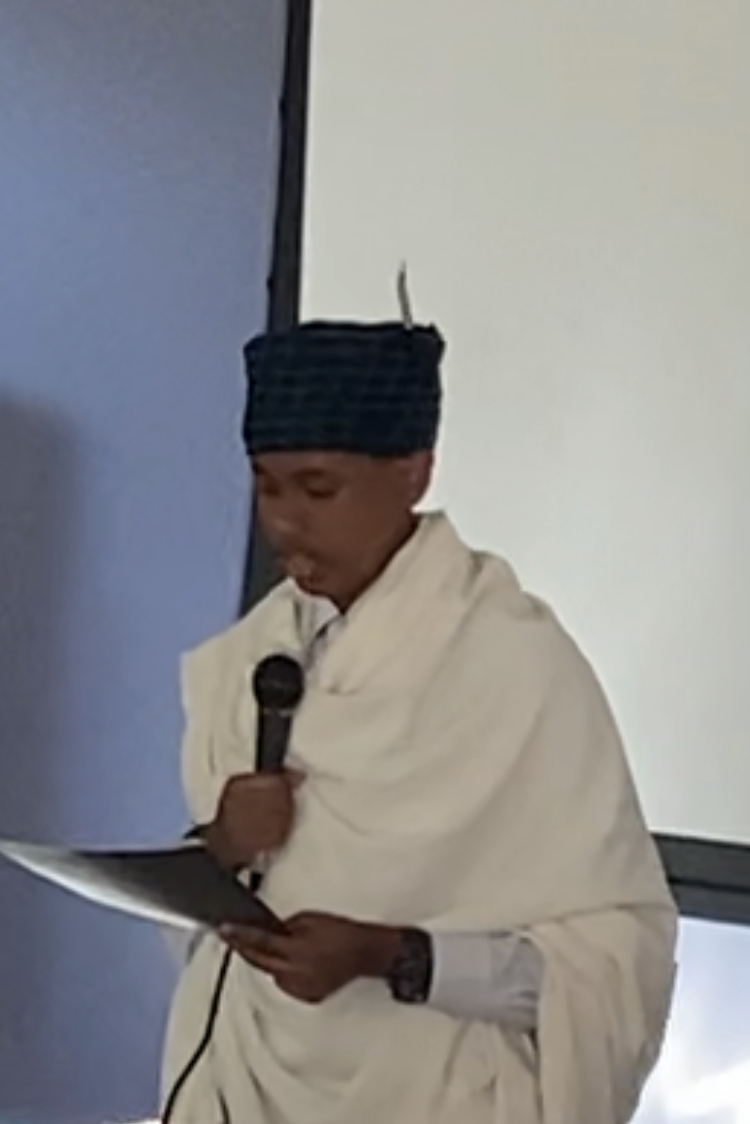
The Borana are part of the Oromo, the largest nation of the Horn of Africa. The Oromo were politically characterized by their gadaa system of generational classes and the hereditary qaalluu (high priests). Being scattered over a large and diverse territory, the Oromo have established various gadaa centres in Ethiopia, each providing the governance structure for a certain portion of the territory. The Borana are a pastoral sub-group of about 2, 000000 people, with a distinctive territory in the semi-arid lands of Southern Ethiopia and Northern Kenya. In Ethiopia, their customary territory corresponds to the southern portion Ethiopia as demarcated during the imperial and Derg time, from the confluence of the Ganale and Dawa rivers in the East to Lake Chew Bahir in the West. Some portions of this land were jointly used with other pastoral and agro-pastoral groups. The area between the two rivers is Libaan, while the highlands to the west of the Dawa are known as Dirree. In Kenya the Borana are concentrated along the border in Moyyale,Marsabit and Isiolo districts also the Orma and Warda communities in Tana River Valley. The Borana have a single encompassing gadaa system and five recognized qaalluu. They have managed to maintain their governance system, although the political influence of gadaa is now confined to Ethiopia, especially Libaan and Dirre, with competences informally recognized by the local administrators, and limited to pastoral issues and Borana internal affairs. The whole of the large territory of the Borana, and particularly the Ethiopian homelands still under gadaa governance, can be considered a community conserved landscape, due to the variety of specific rules and practices that have historically assured its sustainable and eco-compatible use. It includes diverse ecological zones and a variety of key natural and human-modified resources.

 " alt="">
" alt="">
 " alt="">
" alt="">